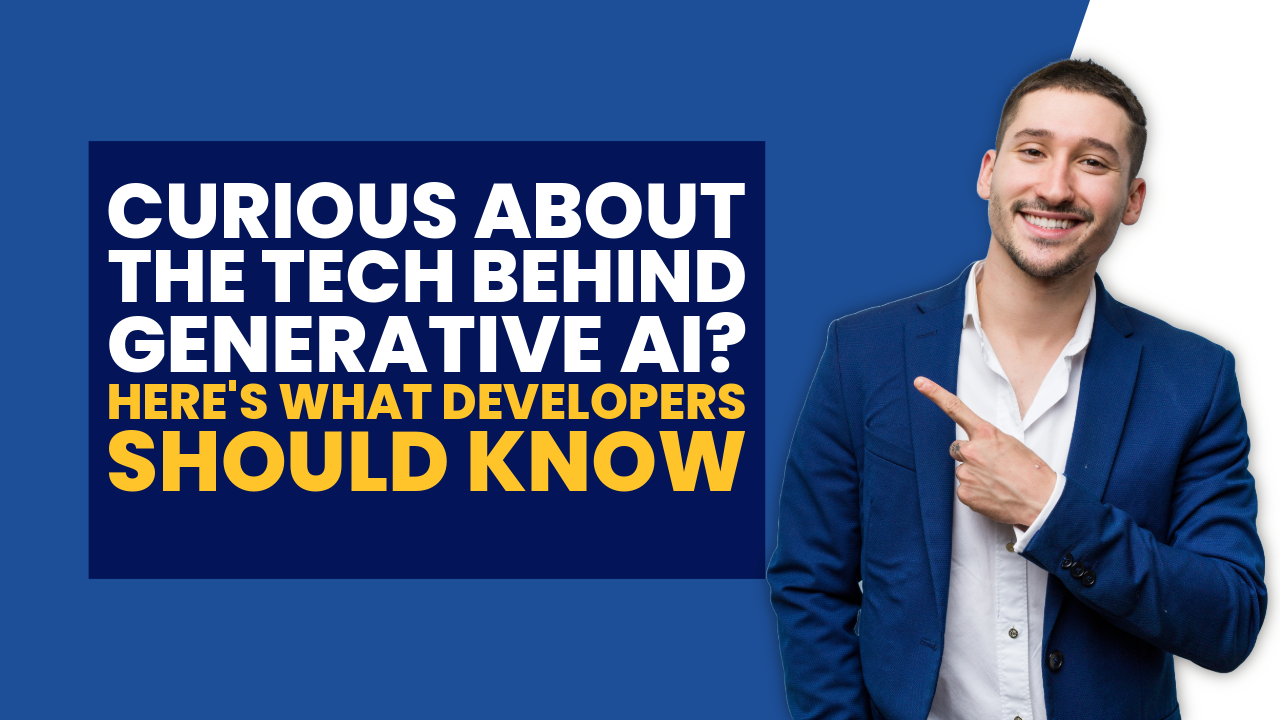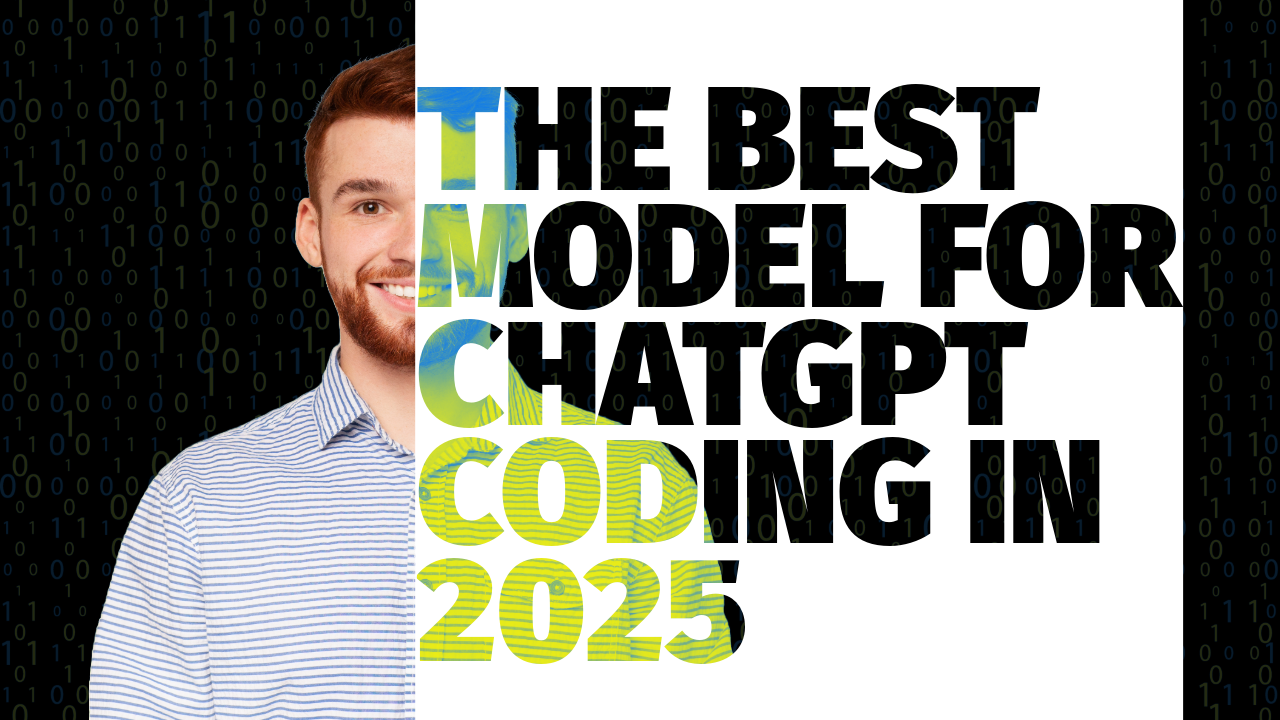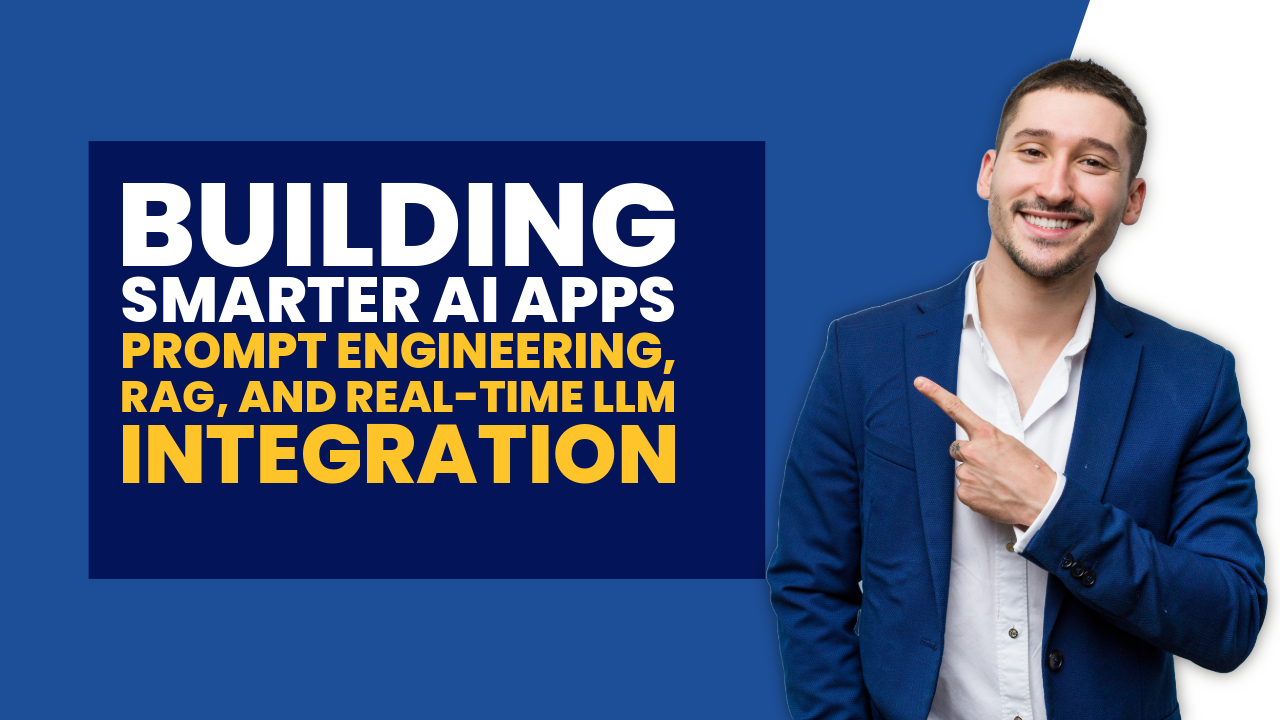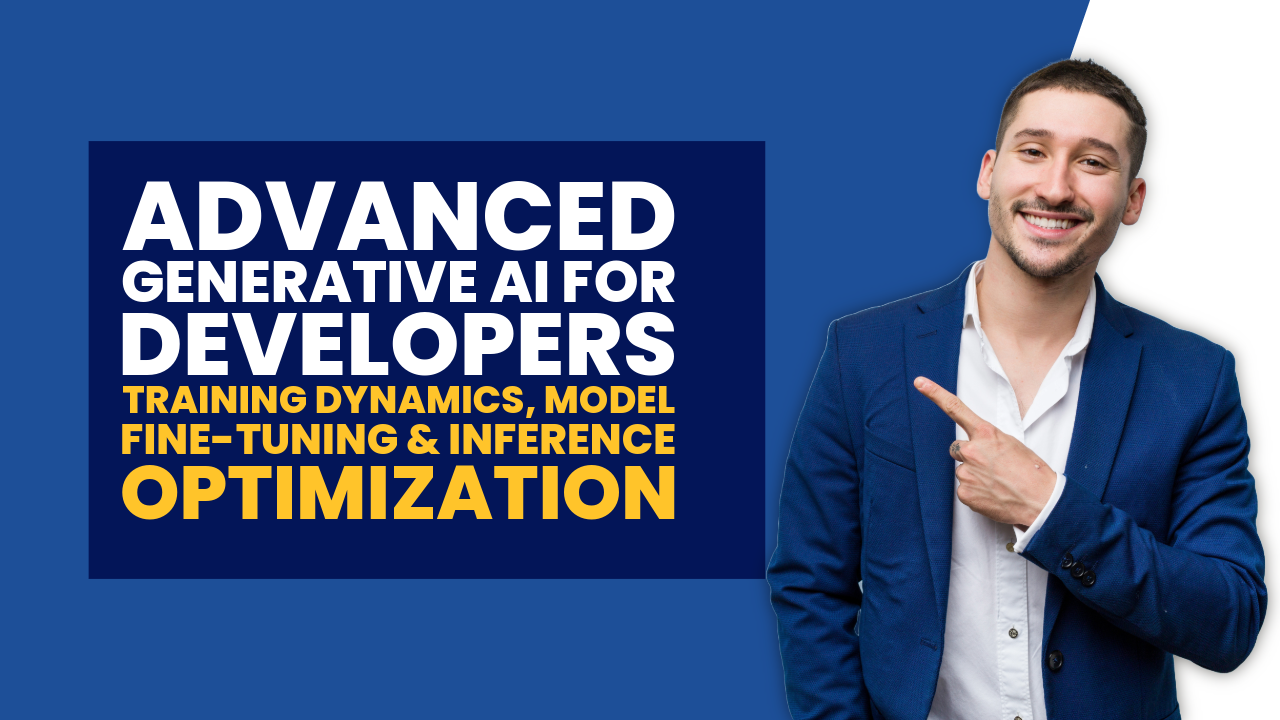Generative AI tools like ChatGPT, Claude, and DALL·E are making headlines, but beneath the surface, they’re powered by well-established machine learning concepts. If you’re a developer looking to understand what makes these systems tick, here’s a simplified technical breakdown focused on the key components.
Neural Networks: The Foundation of Generative AI
At the core of most generative AI models is a neural network, a layered architecture loosely inspired by how biological neurons work. But in practical terms, it’s a function approximator: it maps input data to outputs by adjusting internal weights.
Each layer in the network consists of multiple nodes (neurons) that compute weighted sums of their inputs, apply non-linear activation functions, and pass the result to the next layer. This allows the model to learn complex patterns in the data.
When we talk about training a model, we’re talking about feeding it a massive dataset and adjusting its weights to minimize the prediction error (via backpropagation and gradient descent). For example, a language model might learn that after “machine,” the word “learning” is likely.
The Transformer: The Architecture That Changed Everything
Traditional models like RNNs and LSTMs process input sequentially, which limits their parallelism and long-term memory. Enter the Transformer — introduced in “Attention Is All You Need” (2017) by Google researchers — which radically improved both performance and scalability.
Here’s why the transformer matters:
Self-Attention Mechanism
Instead of processing data token-by-token, the transformer computes attention scores between all tokens in a sequence. This means it can understand how words relate to each other regardless of their position — making it highly effective for capturing context.
Parallelization
Because self-attention allows tokens to be processed at the same time (not one after another), transformers can leverage GPU acceleration efficiently. This makes training much faster than RNNs.
Scalability
Performance tends to scale with size — more data, larger models, and longer training time lead to better results. Transformers are designed to scale horizontally, which is one reason why models like GPT-4 have hundreds of billions of parameters.
How Text Generation Works in Practice
Here’s a simplified breakdown of what happens when you input a prompt into a generative AI model like ChatGPT:
Tokenization
Your input string is split into tokens — which can be whole words, subwords, or even characters. For example, “ChatGPT” might be split into ["Chat", "G", "PT"] depending on the tokenizer used (e.g., Byte-Pair Encoding or WordPiece).
Embedding & Context Analysis
Each token is mapped to a vector (embedding). The model uses these vectors along with positional encodings to preserve word order. These are then fed into the transformer’s self-attention layers.
The model computes how strongly each token is related to every other token using dot-product attention, then aggregates the information across layers to build a rich representation of the context.
Token Prediction
Once context is understood, the model predicts the next token — not by guessing randomly, but by outputting a probability distribution over its vocabulary. It picks the most likely token (or samples from the top-N), appends it to the sequence, and repeats the process.
This loop continues until the model hits a stopping condition (like end-of-sequence token or a max length).
Essentially, it’s a context-aware, autoregressive decoder — a very smart autocomplete system — that generates text one token at a time based on what it has seen so far.
TL;DR for Developers
- Neural networks enable pattern recognition through layers of weighted connections.
- Transformers process input in parallel and model long-range dependencies using self-attention.
- Tokenization + Self-Attention + Sequential Decoding is how tools like ChatGPT generate coherent, contextually relevant text.
If you’re familiar with PyTorch or TensorFlow, you can experiment with building mini-transformers using libraries like Hugging Face Transformers or nanoGPT by Andrej Karpathy.
Conclusion
Understanding the basics of neural networks, transformers, and token-based generation gives you a solid foundation for exploring generative AI as a developer. Whether you’re building apps with APIs like OpenAI’s, experimenting with open-source models, or planning to train your own, these core ideas will help you navigate the fast-moving AI landscape.






2 thoughts on “Curious About the Tech Behind Generative AI? Here’s What Developers Should Know”